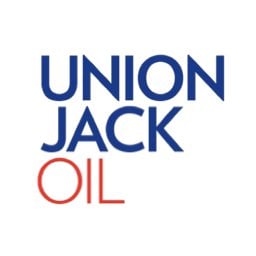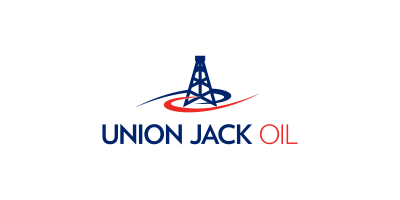Crude oil benchmarks began the week with a quiet uptick, but the mood beneath the numbers suggests something more nuanced at play. The prospect of fresh energy restrictions, quietly gathering momentum in Brussels and Washington, has introduced a fresh dimension of uncertainty into a market that had been settling into a delicate equilibrium. Instead of reacting to seasonal demand shifts or routine inventory adjustments, traders are now weighing the potential impact of diplomatic manoeuvrings and policy declarations on future flows of Russian barrels.
Brent crude posted a modest increase, nudging past the low seventies per barrel. Meanwhile West Texas Intermediate mirrored this advance, reflecting a broader synchronisation across major contracts. While the actual elevations in spot prices might appear measured, they belie a growing consensus that supply could tighten more than previously anticipated. Investors have spent months scrutinising OPEC statements and US output figures, yet these recent geopolitical developments have recalibrated forecasts across the board.
At the heart of this movement lies the unfolding narrative of sanctions. Hints from senior EU envoys indicate that a new package, potentially imposing a stricter cap on Russian oil, is nearing finalisation. Should such measures be agreed, buyers might face narrower options or incur higher transaction costs, effectively constraining the available pool of seaborne crude. Simultaneously, statements from Washington have elevated expectations of an impending executive plan targeting shipments and financial channels linked to Moscow. Taken together, these dual tracks of policy coordination could reshape global trade patterns and redirect flows towards importers less aligned with Western mandates.
Overlaying this geopolitical framework is China’s persistent appetite for crude. June customs data revealed that tanker arrivals to Chinese ports reached their highest monthly level in nearly two years. That surge in imports has lent a short-term tailwind to the market, underlining the country’s ongoing strategic stockbuilding drives. Yet, beneath the headline figure lies a tension between storage capacity and intended deployments. Analysts warn that once onshore tanks near capacity thresholds, additional cargoes may be met with resistance or redirected back to market, a factor likely to cap upside in the months ahead.
Broker reports also suggest that global inventories remain lean compared with historical norms. The International Energy Agency recently revised its estimate of available spare capacity downwards, prompting some investors to reassess the buffer against unforeseen supply shocks. Such assessments have dovetailed with renewed interest in longer-dated futures, as market participants seek to hedge against the risk of acute shortages later in the year.
All the while, broader economic indicators have offered mixed signals. Data from the United States points to resilient consumption patterns, yet concerns about high interest rates and slower manufacturing orders linger. In Europe, energy demand is expected to soften seasonally, but the impact of inflation and currency fluctuations could influence purchasing decisions in unexpected ways. Within this complex tapestry, oil’s bullish momentum feels neither fragile nor overwhelming, but rather a cautious acknowledgement that geopolitical dynamics now carry equal or greater weight than macroeconomic cycles.
For those positioning portfolios, the current backdrop invites a re-evaluation of risk premiums and horizon strategies. The interplay between sanctions probabilities and Chinese purchasing behaviours suggests that market drivers are fragmenting into disparate pulses rather than moving in unison. Investors with a tolerance for intermittent volatility may find opportunity in volatility-linked instruments or in selectively increasing exposure to regions likely to benefit from rerouted crude flows.
Union Jack Oil plc (LON:UJO) is an oil and gas company with a focus on onshore production, development, exploration and investment opportunities within the United Kingdom and the United States of America hydrocarbon sector.











































